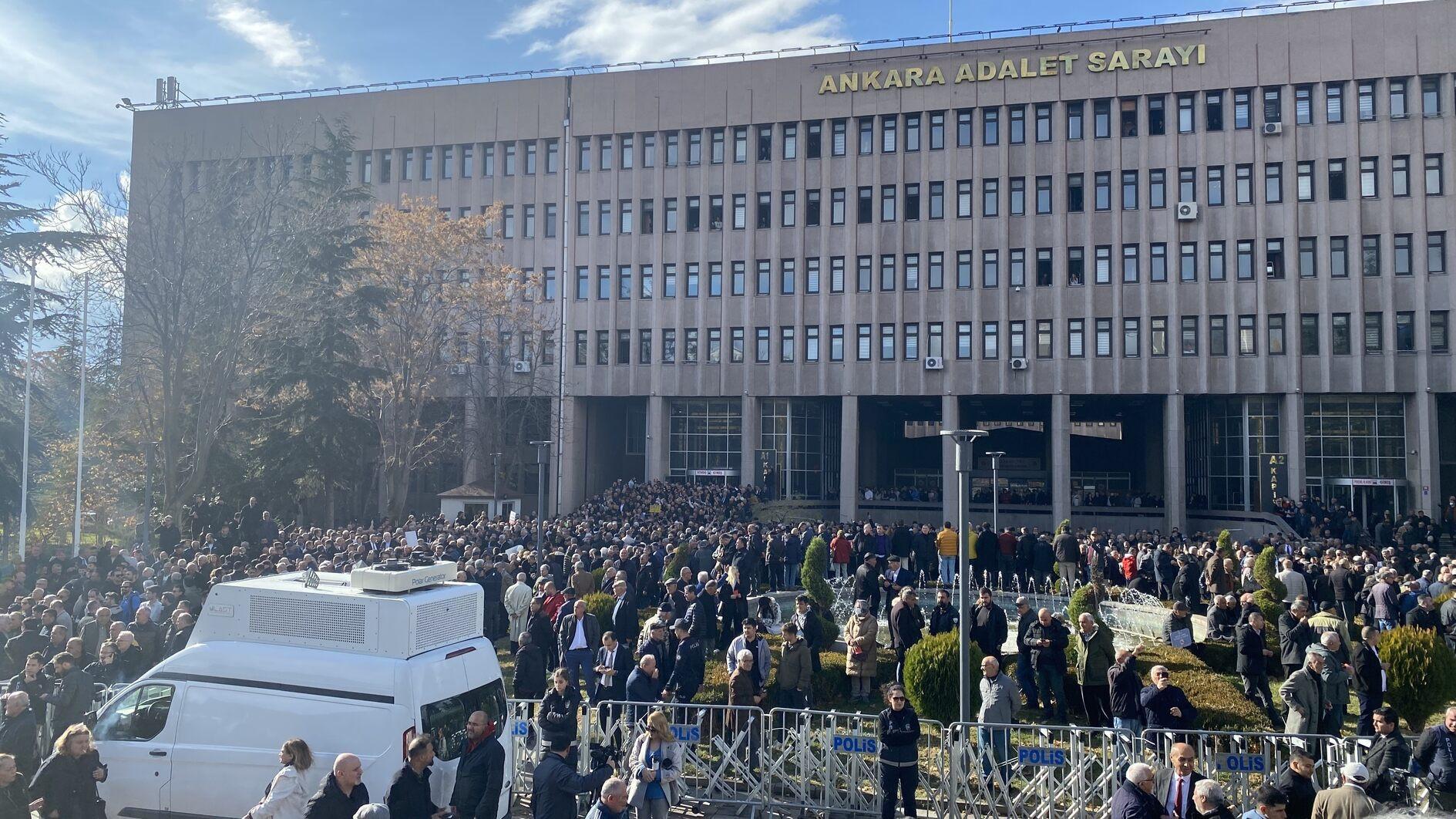Gymnasium in ancient city to be revealed with digitals
Muğla - Anatolia News Agency

The ancient city of Stratonikeia in the Aegean province of Muğla’s Yatağan district, is home to a 2,200-year-old gymnasium, which is being revived with 3D technology. AA photo
The world’s largest marble city, the ancient city of Stratonikeia in the Aegean province of Muğla’s Yatağan district, is home to a 2,200-year-old gymnasium, which is being revived with 3D technology to enhance visitors’ experiences.Pamukkale University Archaeology Department professor and head of the Stratonikeia ancient city excavations, Bilal Söğüt, said the city and its surrounding vicinity offered traces of thousands of years of history. “The 105-meter wide and 165-meter long gymnasium served both as a sports center and a classroom, where history and philosophy classes were given in the past.”
Söğüt said the 105-meter northern side of the gymnasium had been completely excavated and work had begun to unearth its southern side. The ongoing excavation work in the ancient city will continue until the end of the year. “With the 3D method, we can see all of the architectural elements and determine the shape of a structure. The difference is that it gives us a chance to turn the structure on all sides and see every part. Then we check out its architectural elements one by one and put them in their own places. We created the underground of the restoration. We have not excavated the southern part of the gymnasium yet but we know that it is 265 meters long. This is a magnificent length for an ancient structure.”
Sports and educational activities
He said that many sports and educational activities took place in the ancient era and the whole gymnasium structure would eventually be revived with the 3D method. “When the excavation is done, we will be able to find all artifacts in the gymnasium as they originally were. The area was being excavated for a long time but then left. Now, after 35 years, we will shed light on the structure through the 3D method.”
According to Söğüt, they were also cleaning the area so that visitors could see the architectural splendor of the structure more easily. “Water flowing through levees exists only here. A similar system can be seen in architectural structures in ancient Egypt and Anatolia. It dates back to the Hellenistic period.
Thanks to its magnificence, this structure has become an architectural element that was drawn on wall paintings even 200 years later.”
















